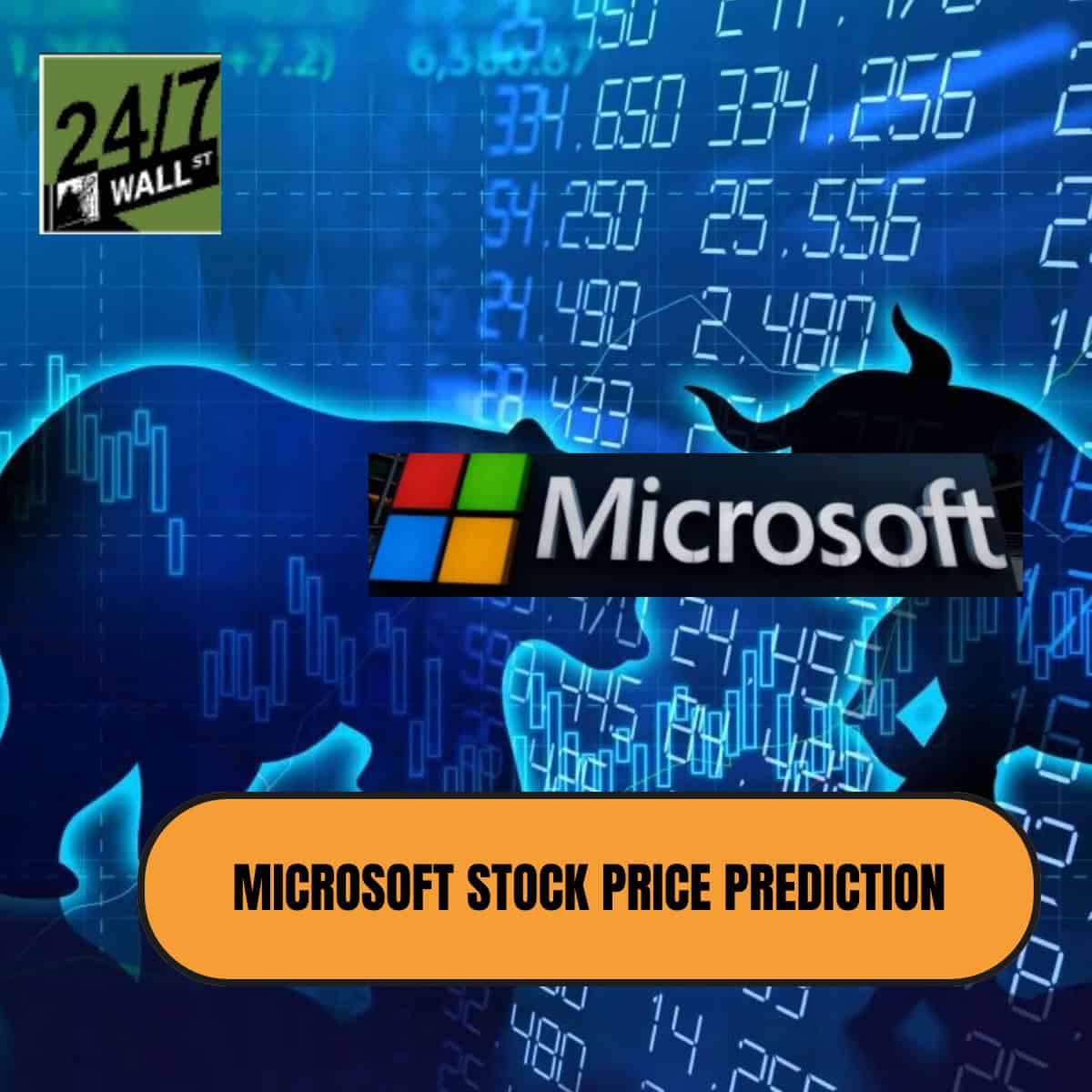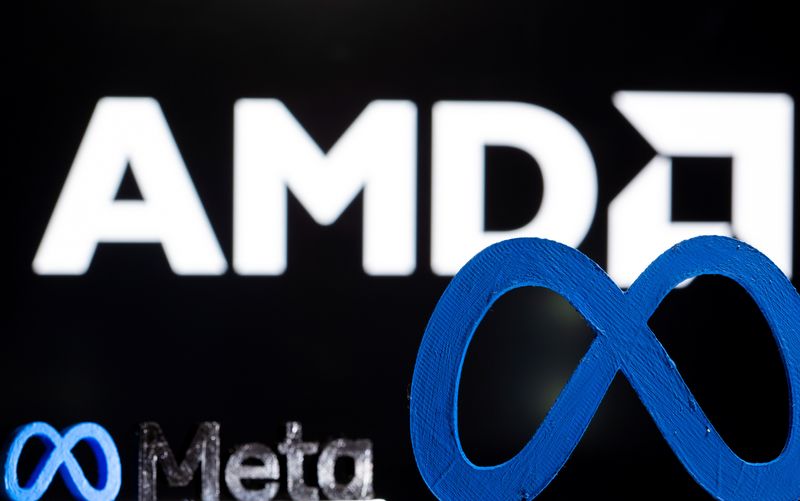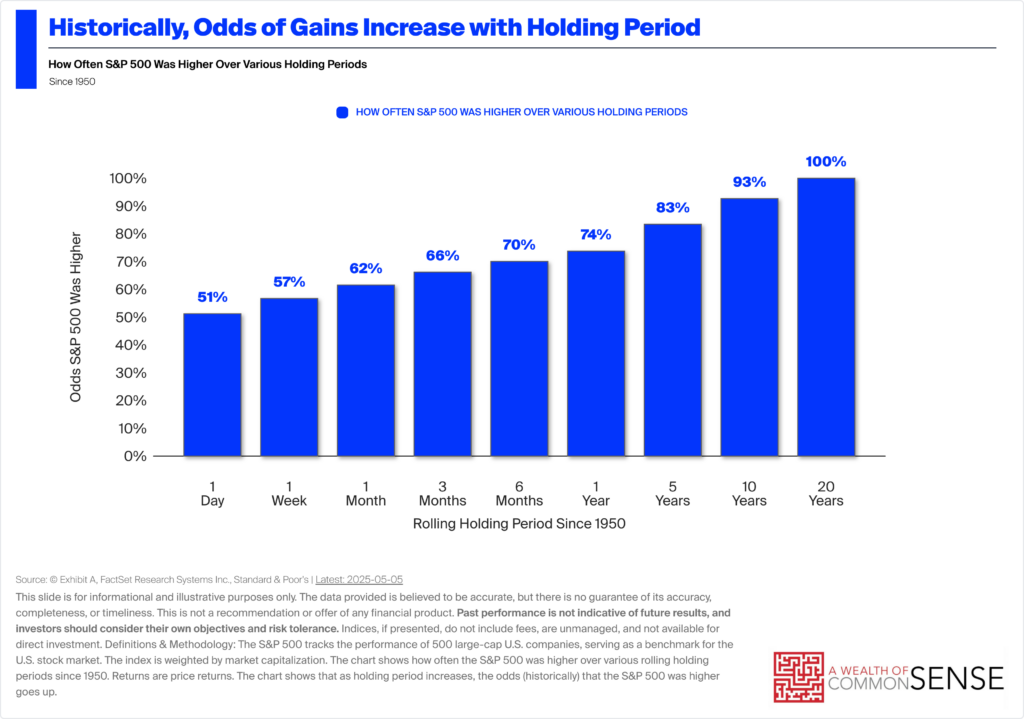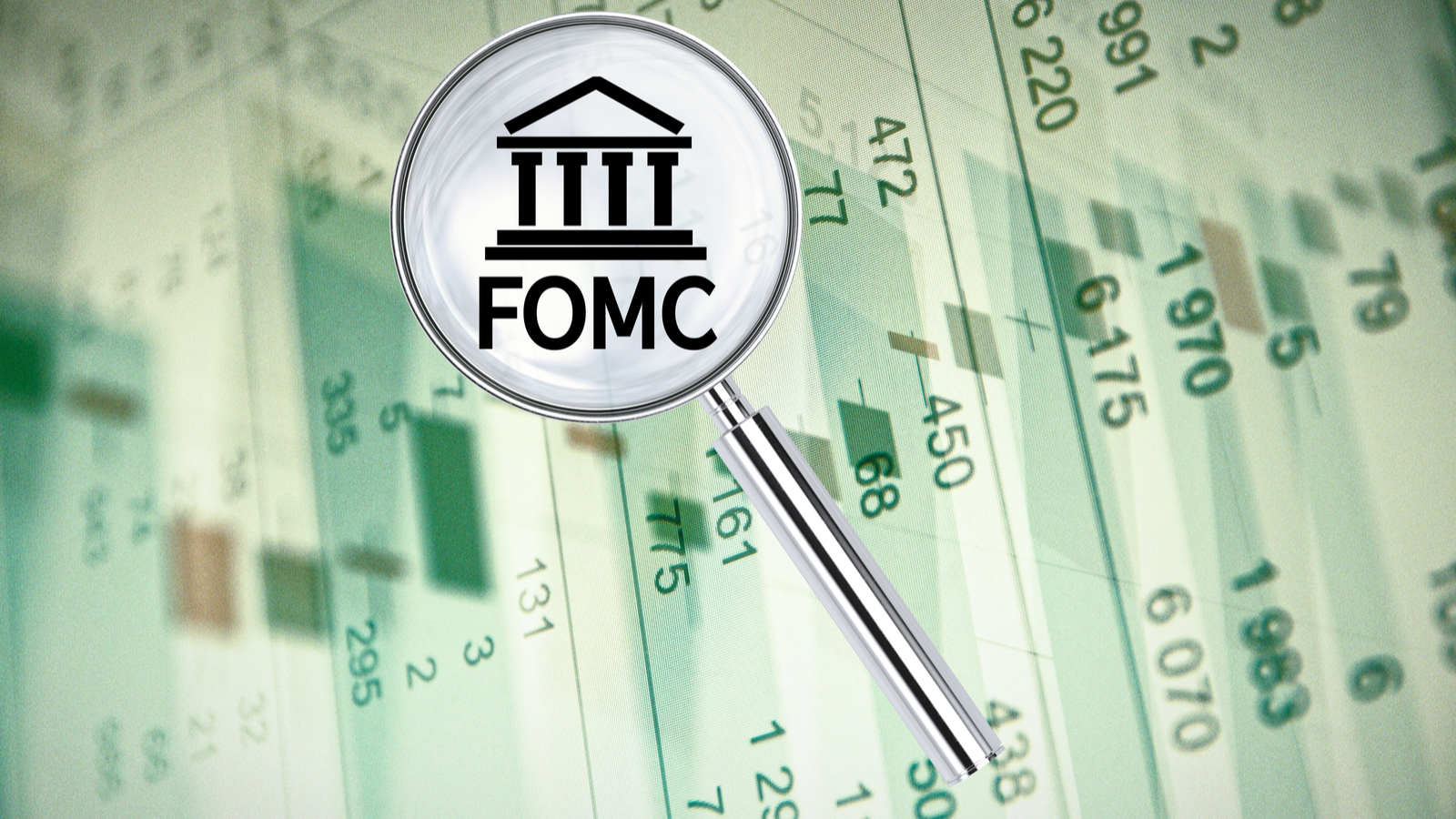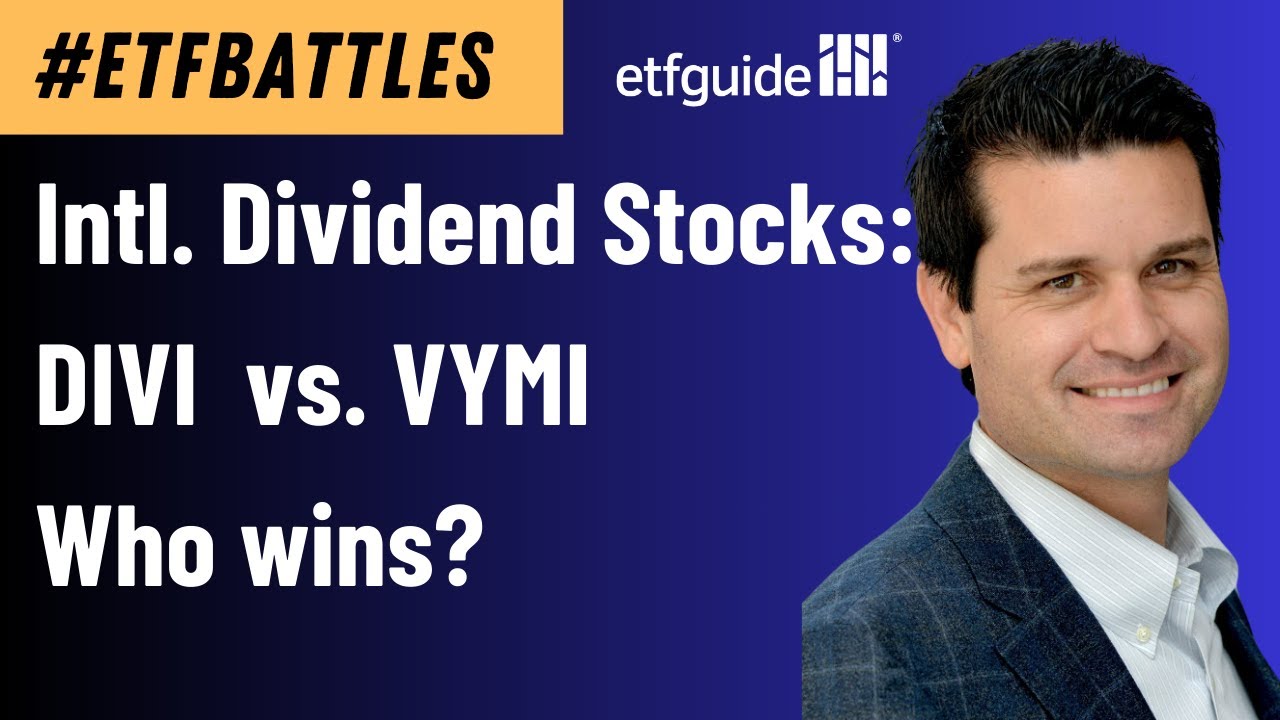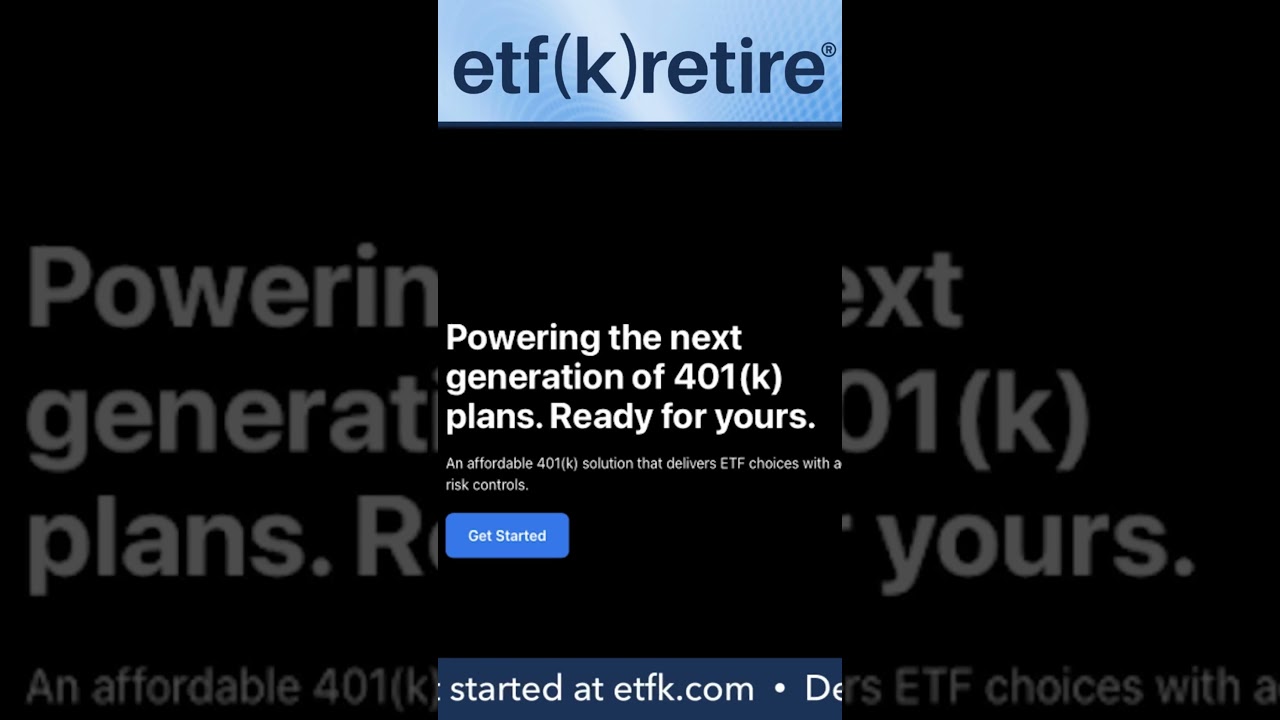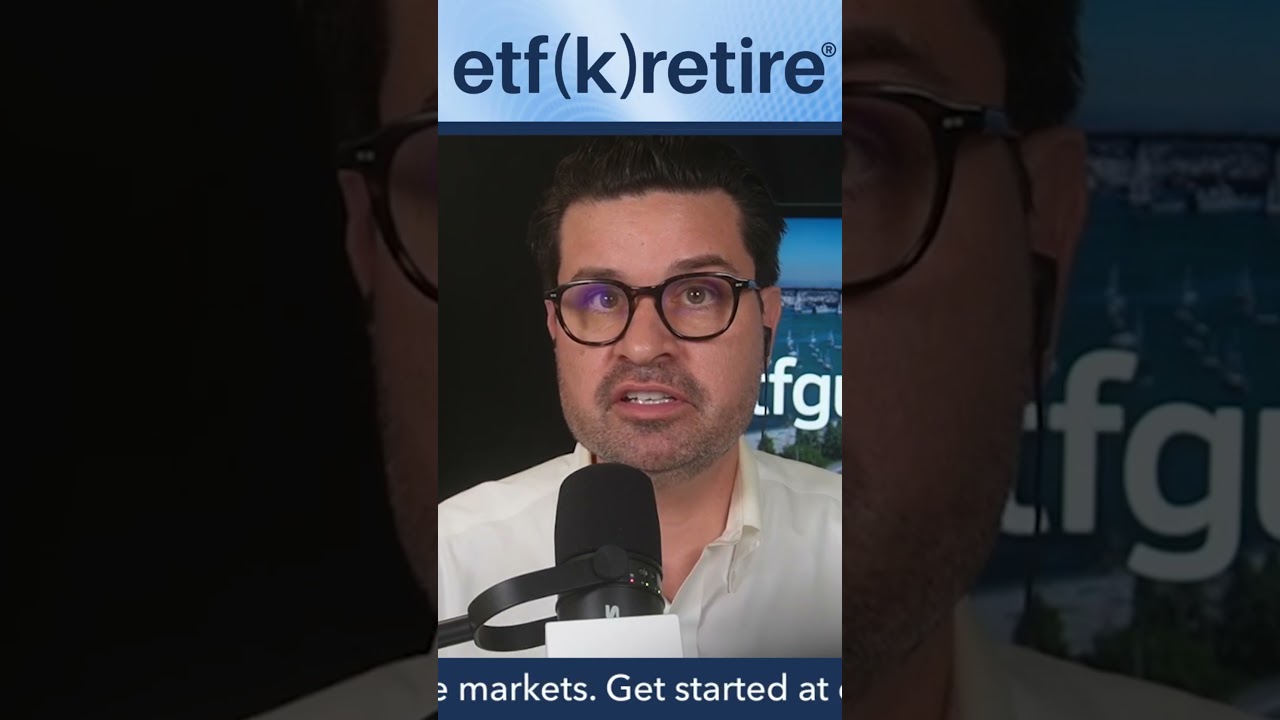What is VanEck’s Onchain Economy ETF ($NODE) and how does it work?
What is VanEck's Onchain Economy ETF ($NODE) VanEck’s Onchain Economy ETF ($NODE) exposes investors to companies driving blockchain adoption across multiple industries. The fund is scheduled to begin trading on May 14, 2025, following its inception on May 13, 2025.As the global economy shifts to a digital core, NODE offers active equity investment in real-world companies shaping that future. This ETF is actively managed, meaning a portfolio manager and not just an algorithm, selects the included stocks.The ETF may allocate up to 25% of its assets to crypto-linked exchange-traded products (ETPs) via a Cayman Islands subsidiary, providing indirect exposure to digital assets while adhering to US tax regulations. With a management fee of 0.69%, $NODE offers a diversified approach to participating in the evolving digital asset economy without direct cryptocurrency investments. How VanEck’s $NODE ETF builds its portfolio VanEck’s $NODE ETF is designed to expose investors to companies at the forefront of blockchain and digital asset innovation. The ETF plans to hold between 30 and 60 stocks selected from over 130 publicly traded enterprises integral to the digital asset ecosystem.These stocks may span across the following sectors:Data centers: Infrastructure hubs that deliver the computational power necessary for blockchain networks. Cryptocurrency exchanges: These platforms, like Coinbase, facilitate the trading and exchange of digital assets.Miners: Organizations that verify Bitcoin (BTC) transactions. Crypto-holding companies: Publicly listed businesses that include Bitcoin or other cryptocurrencies as part of their treasury.Traditional financial institutions: Established banks and financial service providers incorporating blockchain solutions into their offerings.Consumer and gaming enterprises: Enterprises adopting blockchain technology in consumer applications and gaming platforms.Asset managers: Professionals and firms developing and overseeing investment vehicles tied to digital asset markets.Energy infrastructure providers: Businesses offering energy solutions tailored to support blockchain and crypto mining operations.Semiconductor and hardware firms: Companies such as Nvidia that design and manufacture chips and specialized mining equipment.To further diversify its portfolio, $NODE may allocate up to 25% of its assets to cryptocurrency ETPs, providing indirect exposure to digital assets. This allocation is managed through a Cayman Islands subsidiary, allowing the ETF to navigate US tax regulations effectively. VanEck employs a rigorous selection process for its holdings, combining fundamental analysis, market trend assessment, strategic positioning and valuation metrics to identify companies leading the digital transformation. According to a Jan. 15 filing with US regulators regarding the proposed ETF, at least 80% of its investments could be allocated to "digital transformation companies" and digital asset instruments.Did you know? Crypto ETFs let you invest in digital assets like Bitcoin or blockchain stocks without setting up a crypto wallet. They are traded on traditional exchanges and offer regulated exposure to crypto markets, making them accessible to mainstream investors and institutions. How VanEck’s $NODE ETF uses blockchain and Bitcoin cycle metrics to optimize investment VanEck’s Onchain Economy ETF ($NODE) offers a unique approach to blockchain investment. It focuses on companies leveraging blockchain for real-world applications, rather than tracking the price of cryptocurrencies like Bitcoin (BTC) or Ether (ETH). Each company in the $NODE portfolio has either blockchain central to its business model or future strategy. VanEck evaluates firms based on their tangible progress and innovation. Companies in the ETF’s portfolio may include sectors like fintech, supply chain, gaming and digital identity.To manage market volatility, VanEck utilizes Bitcoin cycle indicators — metrics based on historical BTC price patterns — to adjust the ETF’s risk exposure dynamically. This approach helps optimize performance by aligning the portfolio with broader market sentiment and crypto-economic cycles.By investing in $NODE, investors gain exposure to the expanding influence of blockchain beyond speculative assets. This helps investors capture the long-term growth potential of real-world blockchain integration across industries. The ETF reflects a forward-looking strategy reflecting how blockchain transforms the global economy.Did you know? Canada launched the world’s first spot Bitcoin ETF – Purpose Bitcoin ETF (BTCC) – in February 2021. It beat the US to market and sparked a wave of regulated crypto investment products globally.



What is VanEck's Onchain Economy ETF ($NODE)
VanEck’s Onchain Economy ETF ($NODE) exposes investors to companies driving blockchain adoption across multiple industries. The fund is scheduled to begin trading on May 14, 2025, following its inception on May 13, 2025.
As the global economy shifts to a digital core, NODE offers active equity investment in real-world companies shaping that future. This ETF is actively managed, meaning a portfolio manager and not just an algorithm, selects the included stocks.
The ETF may allocate up to 25% of its assets to crypto-linked exchange-traded products (ETPs) via a Cayman Islands subsidiary, providing indirect exposure to digital assets while adhering to US tax regulations. With a management fee of 0.69%, $NODE offers a diversified approach to participating in the evolving digital asset economy without direct cryptocurrency investments.
How VanEck’s $NODE ETF builds its portfolio
VanEck’s $NODE ETF is designed to expose investors to companies at the forefront of blockchain and digital asset innovation. The ETF plans to hold between 30 and 60 stocks selected from over 130 publicly traded enterprises integral to the digital asset ecosystem.
These stocks may span across the following sectors:
- Data centers: Infrastructure hubs that deliver the computational power necessary for blockchain networks.
- Cryptocurrency exchanges: These platforms, like Coinbase, facilitate the trading and exchange of digital assets.
- Miners: Organizations that verify Bitcoin (BTC) transactions.
- Crypto-holding companies: Publicly listed businesses that include Bitcoin or other cryptocurrencies as part of their treasury.
- Traditional financial institutions: Established banks and financial service providers incorporating blockchain solutions into their offerings.
- Consumer and gaming enterprises: Enterprises adopting blockchain technology in consumer applications and gaming platforms.
- Asset managers: Professionals and firms developing and overseeing investment vehicles tied to digital asset markets.
- Energy infrastructure providers: Businesses offering energy solutions tailored to support blockchain and crypto mining operations.
- Semiconductor and hardware firms: Companies such as Nvidia that design and manufacture chips and specialized mining equipment.
To further diversify its portfolio, $NODE may allocate up to 25% of its assets to cryptocurrency ETPs, providing indirect exposure to digital assets. This allocation is managed through a Cayman Islands subsidiary, allowing the ETF to navigate US tax regulations effectively. VanEck employs a rigorous selection process for its holdings, combining fundamental analysis, market trend assessment, strategic positioning and valuation metrics to identify companies leading the digital transformation.
According to a Jan. 15 filing with US regulators regarding the proposed ETF, at least 80% of its investments could be allocated to "digital transformation companies" and digital asset instruments.
Did you know? Crypto ETFs let you invest in digital assets like Bitcoin or blockchain stocks without setting up a crypto wallet. They are traded on traditional exchanges and offer regulated exposure to crypto markets, making them accessible to mainstream investors and institutions.
How VanEck’s $NODE ETF uses blockchain and Bitcoin cycle metrics to optimize investment
VanEck’s Onchain Economy ETF ($NODE) offers a unique approach to blockchain investment. It focuses on companies leveraging blockchain for real-world applications, rather than tracking the price of cryptocurrencies like Bitcoin (BTC) or Ether (ETH).
Each company in the $NODE portfolio has either blockchain central to its business model or future strategy. VanEck evaluates firms based on their tangible progress and innovation. Companies in the ETF’s portfolio may include sectors like fintech, supply chain, gaming and digital identity.
To manage market volatility, VanEck utilizes Bitcoin cycle indicators — metrics based on historical BTC price patterns — to adjust the ETF’s risk exposure dynamically. This approach helps optimize performance by aligning the portfolio with broader market sentiment and crypto-economic cycles.
By investing in $NODE, investors gain exposure to the expanding influence of blockchain beyond speculative assets. This helps investors capture the long-term growth potential of real-world blockchain integration across industries. The ETF reflects a forward-looking strategy reflecting how blockchain transforms the global economy.
Did you know? Canada launched the world’s first spot Bitcoin ETF – Purpose Bitcoin ETF (BTCC) – in February 2021. It beat the US to market and sparked a wave of regulated crypto investment products globally.
Difference between $NODE and general equity ETFs
VanEck’s $NODE ETF stands apart from general equity ETFs in strategy and focus. Unlike broad-market funds that track indexes like the S&P 500 or FTSE 100, $NODE invests exclusively in companies adopting and building blockchain technology.
While general equity ETFs typically use passive strategies, $NODE is actively managed. VanEck’s fund managers handpick portfolio companies based on their real-world contributions to the blockchain economy. A management fee supports this hands-on approach, allowing the ETF to stay aligned with the fast-changing blockchain landscape.
$NODE does not hold Bitcoin or Ether. Instead, it uses Bitcoin cycle signals — like regular “halving” events that cut new supply and long-term price trends — to decide when to take more or less risk in its investments. This helps VanEck adjust the fund as the crypto market changes, which can affect how much money flows into blockchain projects, how many people start using them and overall market sentiment.
By focusing on blockchain’s real-world business use rather than cryptocurrency speculation, $NODE offers investors a way to participate in the digital transformation of industries worldwide. It’s a future-facing alternative to general equity ETF models.
The following table illustrates the difference between $NODE and general equity ETFs:

How to buy $NODE
To buy VanEck’s Onchain Economy ETF ($NODE), investors need a brokerage account that provides them access to the Cboe BZX Exchange, where the ETF is listed.
Once you have set up and funded the account, search for the ticker symbol “NODE.” Review the ETF’s details, including its management fee and investment strategy, before placing a buy order.
$NODE trades during regular market hours like any standard stock or ETF. As with any investment, you should understand the fund’s objectives, holdings and risks beforehand to ensure it aligns with your financial goals and risk tolerance.

Did you know? In January 2024, the US SEC approved multiple spot Bitcoin ETFs, including those from BlackRock and Fidelity. This marked a significant regulatory milestone and fueled billions in inflows within weeks.
$NODE: Institutional interest and key risks amid regulatory shifts
VanEck’s launch of the $NODE ETF comes amid rising institutional interest in crypto-linked investments and a more supportive regulatory backdrop. Still, the fund carries unique risks tied to the volatile crypto ecosystem.
The launch aligns with positive regulatory developments, such as the proposed US Strategic Bitcoin Reserve and potential stablecoin legislation, signaling stronger institutional engagement. $NODE aims to capture surging demand for crypto-equity exposure. A March 2025 survey showed that 68% of financial advisers now seek such options for their clients.
Macro trends are also favorable: Bitcoin’s market dominance rose to 62.2% in Q1 2025, driven by institutional preference for regulated vehicles. Public companies collectively added 100,000 BTC to their treasuries, underscoring corporate confidence in Bitcoin. VanEck’s bullish outlook targets – $180,000 BTC and $520 Solana (SOL) by year-end — further reflect sector momentum.
However, $NODE is not immune to crypto-sector risks. While it doesn’t hold cryptocurrencies directly, its portfolio is still exposed to market volatility, Bitcoin price swings and potential tech stock corrections. Regulatory setbacks may also affect the broader blockchain industry. Additionally, its derivatives strategy, managed through a Cayman subsidiary, introduces counterparty and liquidity risks.
Investors should weigh these factors carefully, balancing the fund’s compliance-driven structure and VanEck’s asset management reputation against these sector-specific vulnerabilities.



































